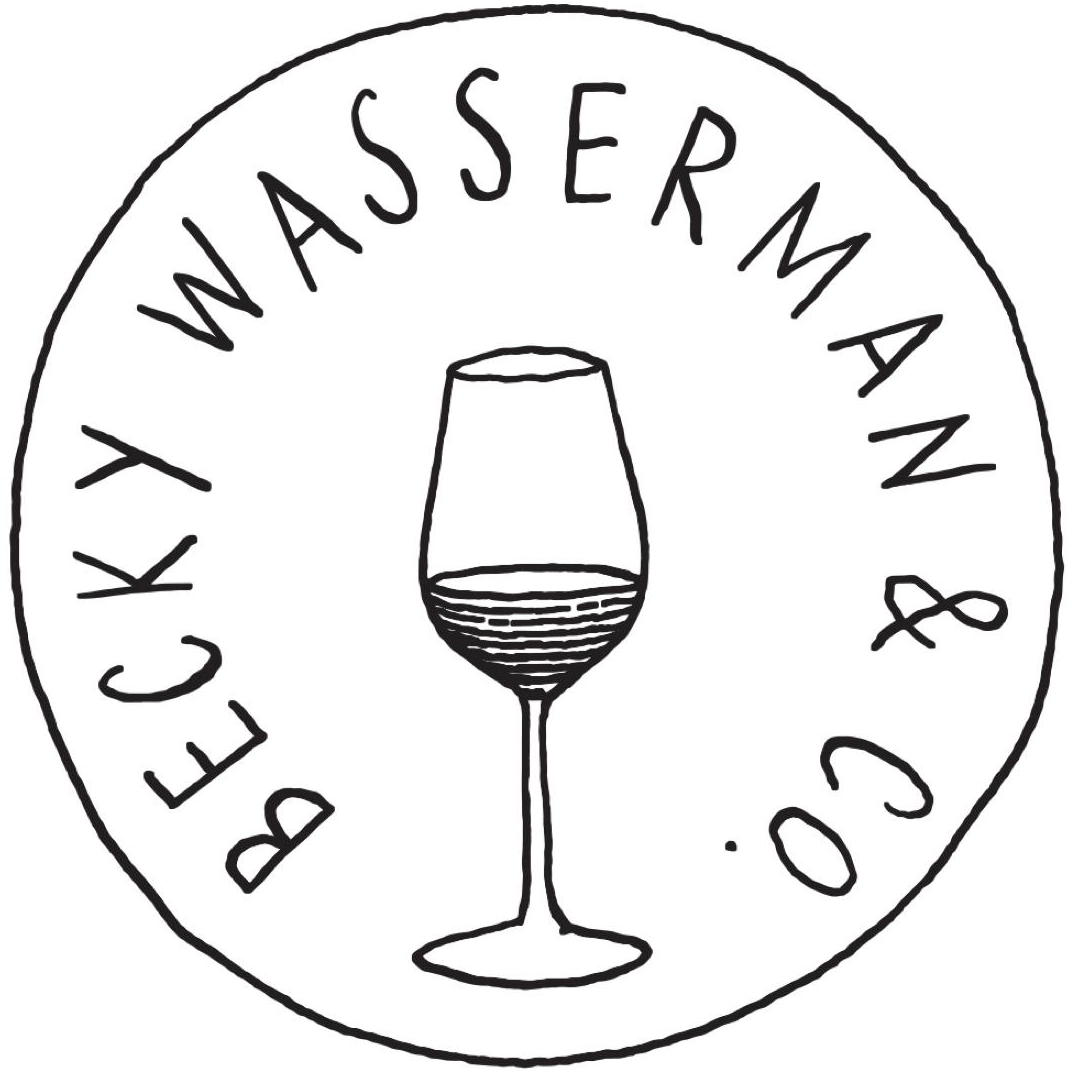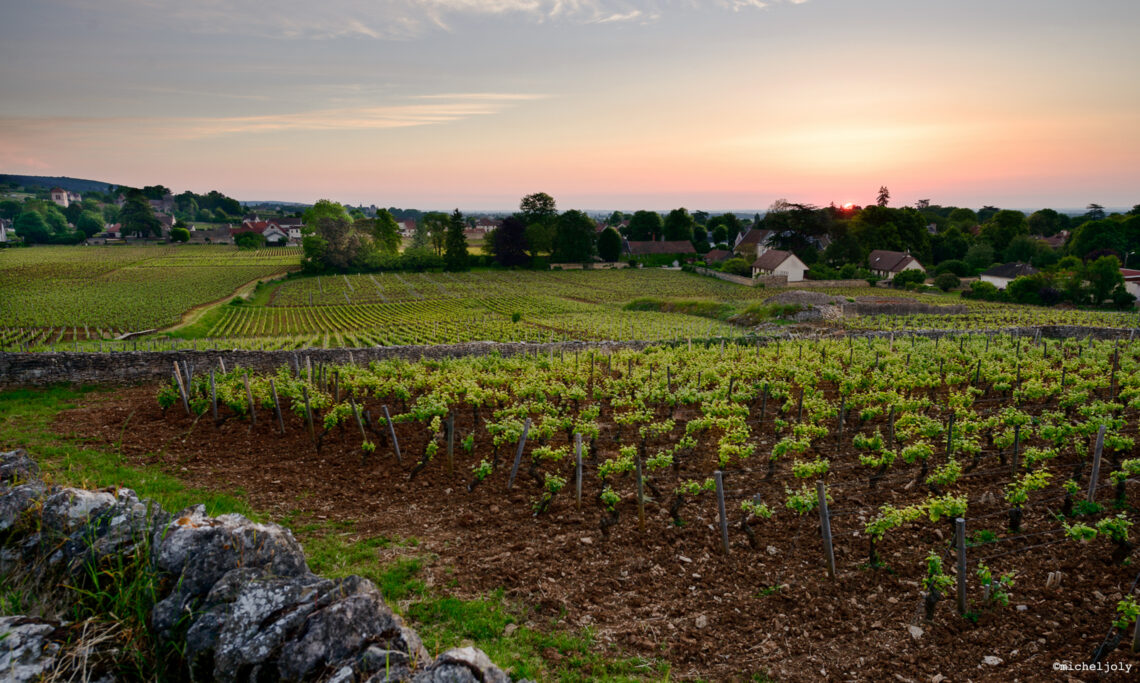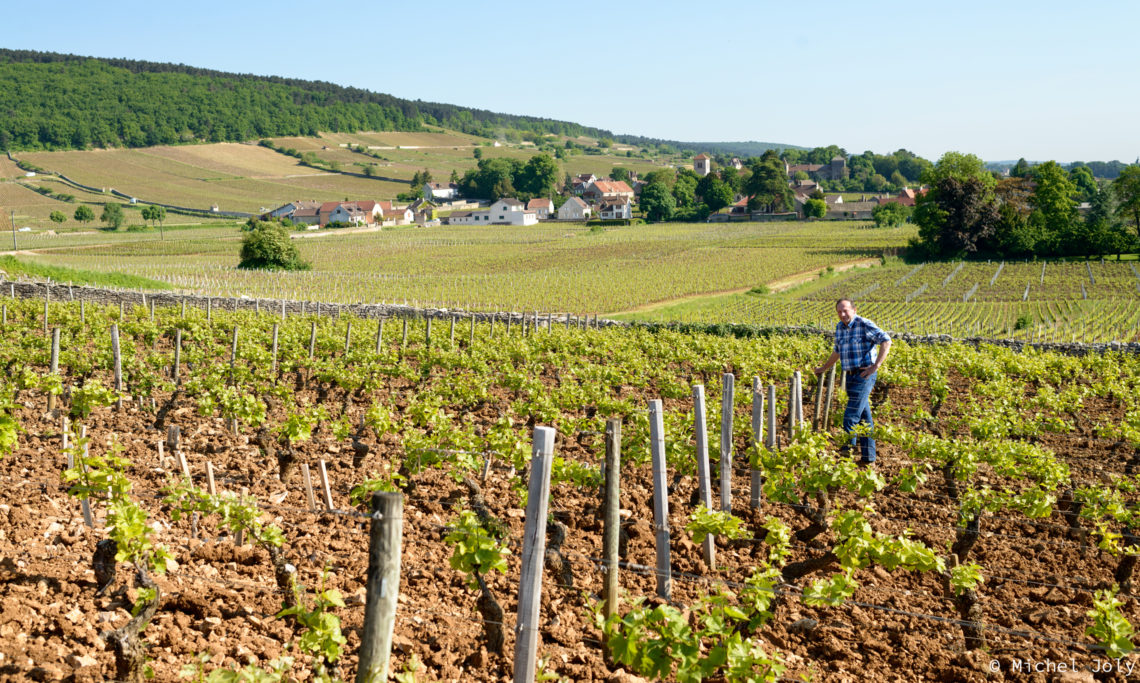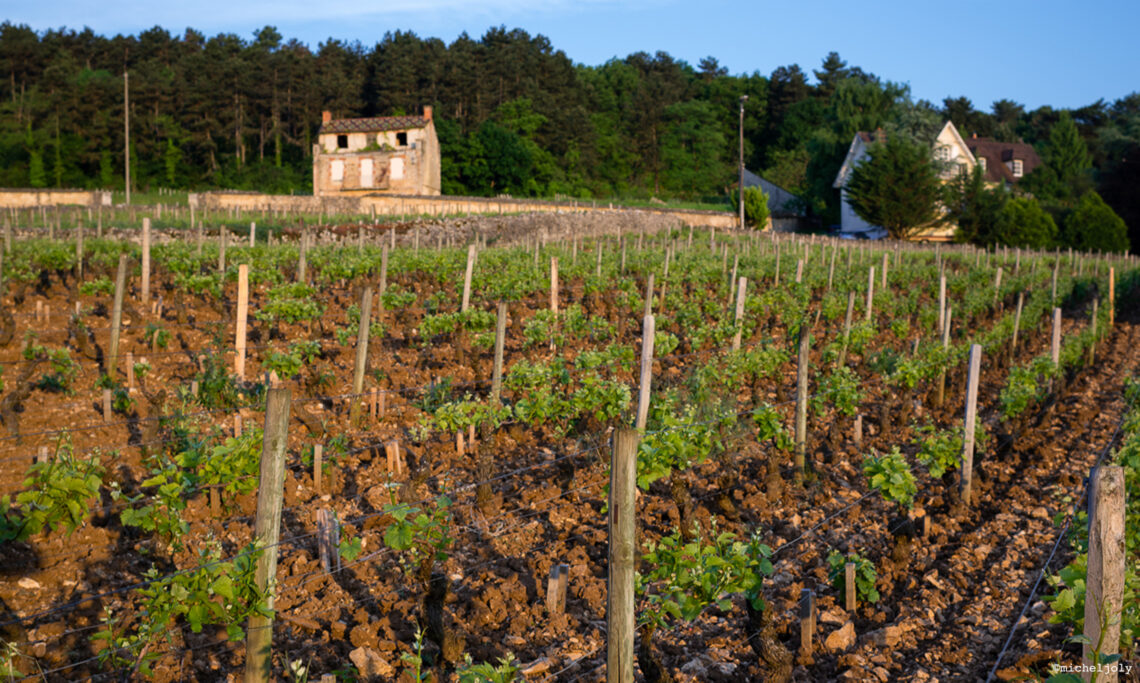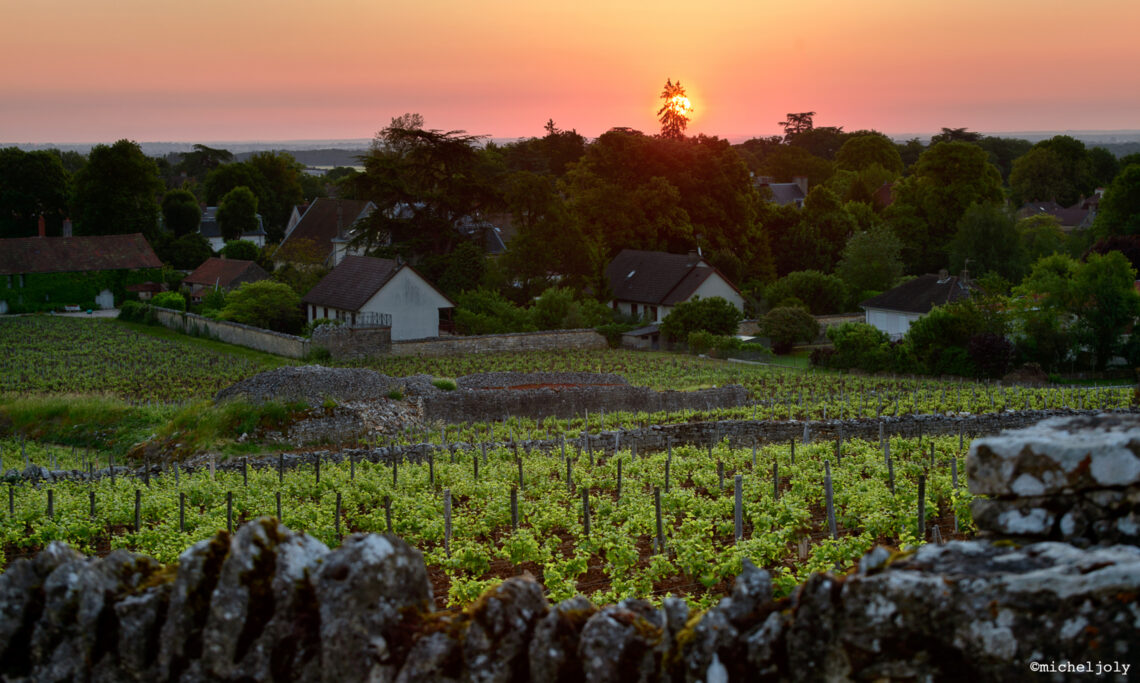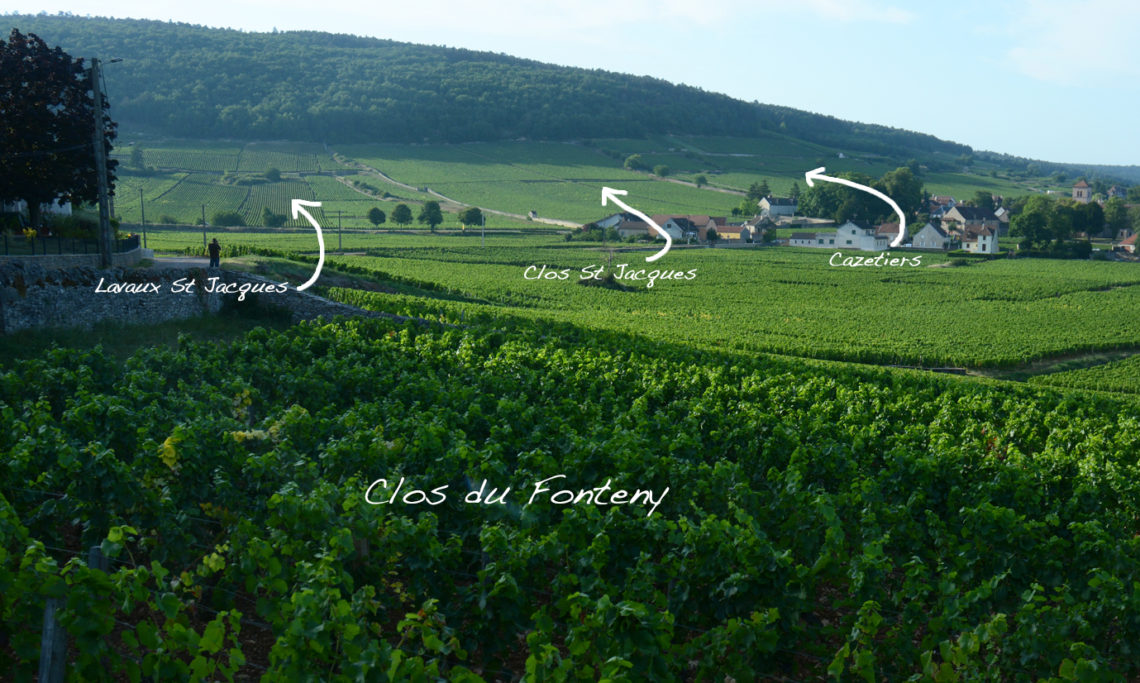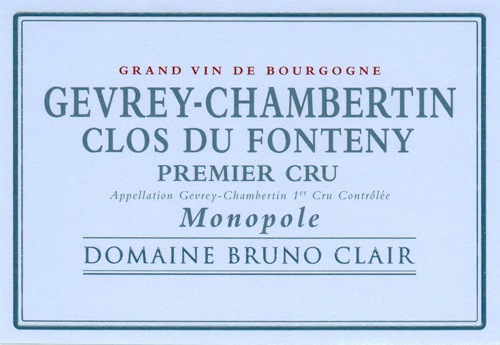Gevrey-Chambertin 1er Cru Clos du Fonteny Monopole
At a Glance
- Size: 0.68 ha (1.66 ac)
- Variety: Pinot Noir
- Vine Age: 1/2 planted in 1972, 1/2 in 1987
- Terroir: Upper part of les Fontenys. East/southeast-facing, 295m average altitude, poor white clay soil, limestone rocks.
- Viticulture: Sustainable, organic practices
- Vinification: 30-50% whole cluster, ambient yeast fermentation in open wood vats with punch-downs. Aged 18-20 months in barrels (approx. 30% new). Short blending period in tank before bottling.
Additional Info
Etymology:
Fonteny is derived from the old French Fontenil or Fontenis which meant a small spring. The old French was itself derived from the Latin Fontanile. Jean Francois Bazin writes: “The Bèze and Fontenys springs (which no longer exist) caused serious flooding and damage at the middle of the [19th] century.”
Site Description:
Fonteny is 3.73 ha vineyard at the northern end of Gevrey’s grands crus, just after Ruchottes-Chambertin. It sits at 285 to 300 meters' altitude, has a gentle to moderate gradient, and faces east. Jasper Morris believes is “one of the most interesting premiers crus” in Gevrey-Chambertin, partly because of the talent of some of its owners: Bruno Clair, Joseph Roty, and Christian Serafin.
The Clair parcel:
The southern third of the vineyard sits on a little raised plateau, 2 to 10 meters above the rest of the vineyard. This is where Clos du Fonteny is located; Jasper Morris points out it is the better part. Clos du Fonteny is a Clair monopole. It is 0.68 ha, with half the vines planted in 1972, half in 1987.
Soil:
Though Bruno calls the soil white clay, this is in opposition to the red clay of Clos de Beze. It is not terres blanches, and plowed, it looks positively brown, though we will take Bruno’s word that it is light brown. Either way, it is clay-rich. There are outcroppings of the bedrock within the vineyard and they are very shallow, 20 cm on average . They are rocky, with many angular gravels and cobbles.
Bedrock:
According to the geologic maps by Francoise Vannier, Fonteny lies entirely on a the hard, pink Premeaux limestone bedrock. However, Bruno is unsure if this is the case for his parcel because the rock below his vineyards is softer than the typical Premeaux limestone, and broken into very large laves. Jasper Morris and other authors mention Crinoidal limestone, but Francoise believes that this limestone is to be found lower on the slope, not even in Les Corbeaux, but in La Perriere and En Pallud. As a reminder, it is impossible for Francoise to dig trenches in everyone’s sub-plots in every climat. Between each trench, she must make an educated guess. We will side with her for now.
The Wine:
Though Bruno points out it wasn’t always the case, this is now a definite favorite of Bruno’s and Philippe’s, and we agree. The wine used to be a little austere, but like most people in Burgundy, Clair, of late, is extracting much less. Today, there is a delicacy of fruit, the result of shallow and non-iron-rich clays. It still has a mineral spine, but it is very much in balance. It is a very lifted expression of Pinot, especially in the context of Gevrey-Chambertin, which is generally known for power.
With many thanks to geologist Brenna Quigley for putting the physical and geological aspects of these vineyards into words far more meaningful than we could have written on our own. www.brennaquigley.com
We are also indebted to geologist Françoise Vannier of Adama Terroirs Viticoles, who created the bedrock map for Gevrey that Brenna based part her work on. www.adama-terroirs.fr
Wines
-
White
-
Rosé
-
Red
- Aloxe-Corton
- Chambolle-Musigny Les Véroilles
- Chambolle-Musigny 1er Cru Les Charmes
- Fixin Champs Perdrix
- Gevrey-Chambertin
- Gevrey-Chambertin 1er Cru Clos du Fonteny Monopole
- Gevrey-Chambertin 1er Cru Petite Chapelle
- Gevrey-Chambertin 1er Cru Les Cazetiers
- Gevrey-Chambertin 1er Cru Clos Saint-Jacques
- Marsannay Rouge
- Marsannay Les Vaudenelles
- Marsannay La Charme Aux Prêtres
- Marsannay Les Grasses Têtes
- Marsannay Les Longeroies
- Morey-Saint-Denis En La Rue De Vergy
- Savigny-les-Beaune 1er Cru Les Jarrons
- Savigny-les-Beaune 1er Cru La Dominode
- Vosne-Romanée Les Champs Perdrix
- Vosne-Romanée 1er Cru Aux Raignots
- Bonnes-Mares Grand Cru
- Chambertin Clos de Bèze Grand Cru
